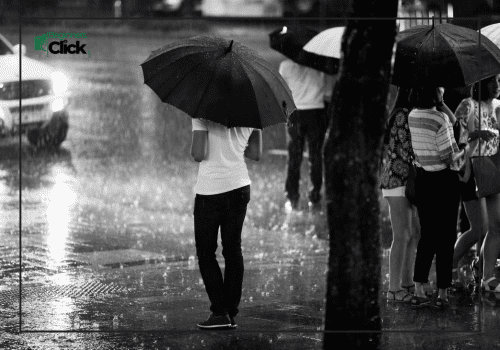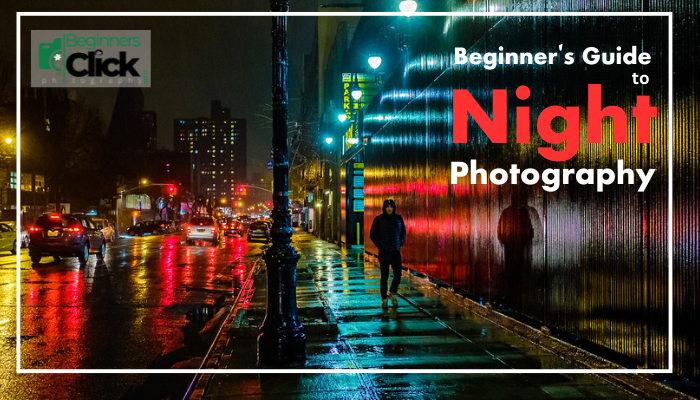I still remember the first time I shot in black and white. I had a brand-new DSLR, full of excitement, and absolutely no clue what I was doing. I pointed my camera at my coffee cup, thinking a dull, grey photo wouldn’t matter. But when I saw the image on my screen, something clicked. The shadows, the textures, the mood—it spoke louder than any color could. And that’s the magic of black & white photography.
Walking down the streets, I often notice people taking photos in full color and thinking that’s the “real” art. But black and white strips away distractions. I tried it once during a rainy day in the city. The reflections on wet pavement, the umbrellas, the faint smiles of strangers—all came alive. Suddenly, I realized that black & white doesn’t just remove color; it reveals emotion.
Of course, I made plenty of mistakes. I used to overexpose skies, blur faces accidentally, or frame shots like a beginner with zero thought. But each failed attempt taught me something unique. One rainy evening, I accidentally left my ISO too high. The grain in the black & white photo? Pure art. It was like the universe whispered: “Even mistakes can be beautiful in monochrome.”

I also learned that black & white photography forces you to think differently. You start noticing contrasts, textures, and patterns that color often hides. I once photographed an old man sitting under a flickering street lamp. In color, it was just a man. In black & white, it was a story of time, patience, and solitude. And my Instagram followers? They couldn’t stop commenting.
Let’s be honest: there’s also a nostalgia factor. Black & white photos remind us of the past, even if the scene is right in front of us today. A simple park bench in monochrome suddenly looks like a frame from a 1950s movie. And for photographers like me, it’s like having a secret tool that adds soul to everyday life.
Finally, black & white photography teaches patience. You can’t rely on flashy colors to impress viewers. You need composition, light, and timing. I’ve spent hours waiting for the perfect shadow to cross a cobblestone street, only to capture a single shot that tells a thousand stories. And that’s why black & white remains popular—because it’s pure, honest, and endlessly creative.

So next time you grab your camera, put down the color settings for a moment. Shoot in black and white, embrace your mistakes, and let the shadows speak. Trust me, the results are timeless.

